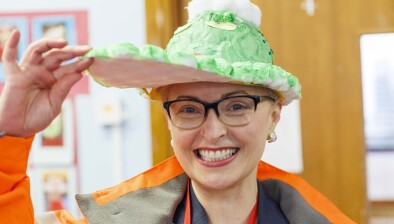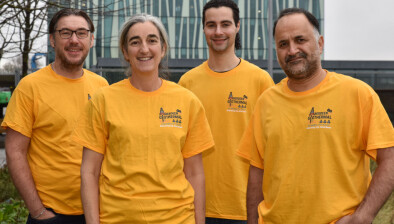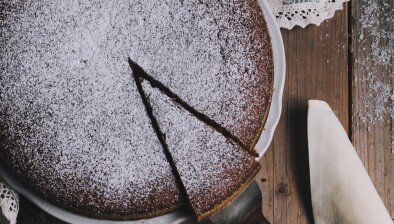And finally…the secret of Rome’s super concrete finally revealed
The reason why the concrete which held together the grandeur of ancient Rome’s magnificent architecture, and allowed it to endure for centuries after the civilisation itself had long since crumbled, has finally been discovered by modern scientists.
Hailed as the world’s strongest, the properties of Roman concrete has long puzzled scientists and engineers who couldn’t fully explain why it remained so remarkably strong, and modern efforts to duplicate its strength have repeatedly failed.
But now, new research suggests that the ancient concrete’s unique mixture had a little help from Mother Nature in becoming one of the best building materials humanity has ever known.
Roman concrete was typically made with a mixture of volcanic ash, rock, and lime, and while that recipe has been known for several years, scientists couldn’t pinpoint what it was that caused the combination to be so well suited for construction, especially on harbors and piers where modern concrete would deteriorate rather rapidly.
By studying samples of the concrete and putting it through various tests, scientists working on the Roman Maritime Concrete Study were able to determine that a chemical reaction between the concrete and seawater was the missing piece.
When the seawater filtered through tiny cracks in the concrete it reacted with the concrete’s volcanic ingredients and produced a rare crystal called tobermorite.
These crystals helped to further fuse the concrete together, adding strength and durability that modern concrete simply lacks.
As well as carrying out detailed examination of the harbour samples using an electron microscope to map the distribution of elements, researchers also used two other techniques, X-ray micro-diffraction and Raman spectroscopy, to gain a deeper understanding of the chemistry at play.
The new study says the scientists found significant amounts of tobermorite growing through the fabric of the concrete, with a related, porous mineral called phillipsite.
The researchers say that the long-term exposure to sea water helped these crystals to keep on growing over time, reinforcing the concrete and preventing cracks from developing.
“Contrary to the principles of modern cement-based concrete,” said lead author Marie Jackson from the University of Utah, US, “the Romans created a rock-like concrete that thrives in open chemical exchange with seawater.”
The ancient mixture differs greatly from the current approach. Modern buildings are constructed with concrete based on Portland cement.
This involves heating and crushing a mixture of several ingredients including limestone, sandstone, ash, chalk, iron and clay. The fine material is then mixed with “aggregates”, such as rocks or sand, to build concrete structures.
The process of making cement has a heavy environmental penalty, being responsible for around 5% of global emissions of CO2.
So could the greater understanding of the ancient Roman mixture lead to greener building materials?
Prof Jackson is testing new materials using sea water and volcanic rock from the western United States and has argued that the planned Swansea tidal lagoon in South Wales should be built using the ancient Roman knowledge of concrete.
“Their technique was based on building very massive structures that are really quite environmentally sustainable and very long-lasting,” she said.
“I think Roman concrete or a type of it would be a very good choice . That project is going to require 120 years of service life to amortise the investment.














